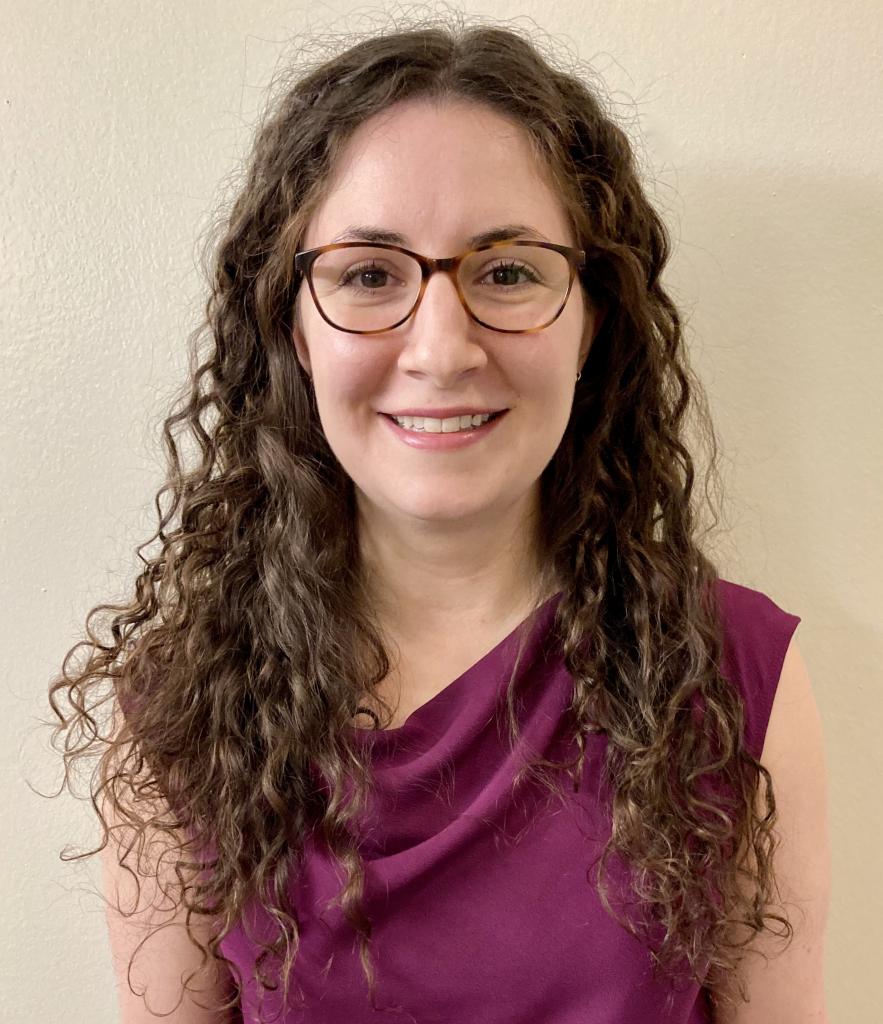Checking in on the Mingazov Case
Published by The Lawfare Institute
in Cooperation With

On December 15, 2010, a week prior to the due date for the Reply Brief, Appellants filed in the District Court their Motion for Relief from Judgment, under Fed. R. Civ. P. 60(b), contending that there is “newly discovered evidence that, with reasonable diligence, could not have been discovered in time to move for a new trial under Rule 59(b),” i.e., by “28 days after the entry of [the] judgment” on May 13, 2010 (which was June 10, 2010). See Fed. R. Civ. P. 59(b). It is not disputed that the “newly discovered evidence” existed and was available long before June 10, 2010, and long before the habeas hearing on April 12-15, 2010, including being fully available within the Department of Justice (“DOJ”) itself. The delay is not justified simply because the evidence was somehow not made available to the specific lawyers on Appellants’ immediate legal team at the DOJ before June 10, 2010, especially as the evidence was in the possession of the DOJ.Despite this objection, the appeals court did hold the case—and has been holding it ever since.
But the district court did not exactly spring to life in response to the 60(b) motion. Mingazov's case knocked around and was eventually reassigned to District Court Judge Thomas F. Hogan, after Judge Henry Kennedy, who presided over his case previously, retired without ruling on the 60(b) motion. A slew of motions extending deadlines ensued. And earlier this month, Judge Hogan finally granted the 60(b) motion in part, specifically granting the motion for an indicative ruling that the motion presented a substantial question, but deferring the government's request for 60(b) relief until the Court of Appeals were to remand the case to the district court.
He writes:This Court finds itself in a singularly uncommon situation with respect to issuing an indicative ruling because Judge Henry Kennedy, who presided over the merits hearing and issued the judgment granting the petition for a writ of habeas corpus, retired without ruling on the respondents' motion seeking relief from that judgment. . . . Unfortunately, this Court is unable to divine whether the additional new evidence would have swayed Judge Kennedy one way or the other, particularly since his decision was premised on assessments about the weight and credibility of evidence after a four-day hearing that this Court did not have the benefit of observing. More importantly, from the outset this Court might have evaluated the law and facts differently, so it is difficult to consider in isolation the question of whether the judgment should be reopened to admit the proffered new evidence because that new evidence—on its own—might have altered the Court's original decision. ... At best, from this vantage point the Court can state only that it finds that the motion raises substantial issues that merit further consideration. The evidence appears to be central to the litigation and is not cumulative. Frankly, though, it is virtually impossible for this Court to state whether it would or would not grant the Rule 60(b) motion given the current posture of the case, intervening precedent, and the transfer of this case from one judge to another.The government quickly took this order back to the Court of Appeals and moved to remand the case, arguing that,
Pursuant to this Court’s order of April 19, 2011, and Federal Rule of Appellate Procedure 12.1(a), Respondents-Appellants respectfully notify the Court of the district court’s order of June 1, 2012, stating that the Respondents’ motion for relief from the judgment under Federal Rule of Civil Procedure 60(b) raises a substantial issue. Pursuant to Rule 12.1(b), we respectfully request that the Court remand the record to the district court for further proceedings, while retaining jurisdiction over the appeal.Mingazov filed his opposition to the motion today, arguing that the evidence is not new and that a remand is inappropriate given Judge Hogan's suggestion that it's impossible to know whether he would grant the Rule 60(b) motion.


.jpg?sfvrsn=d5e57b75_5)

